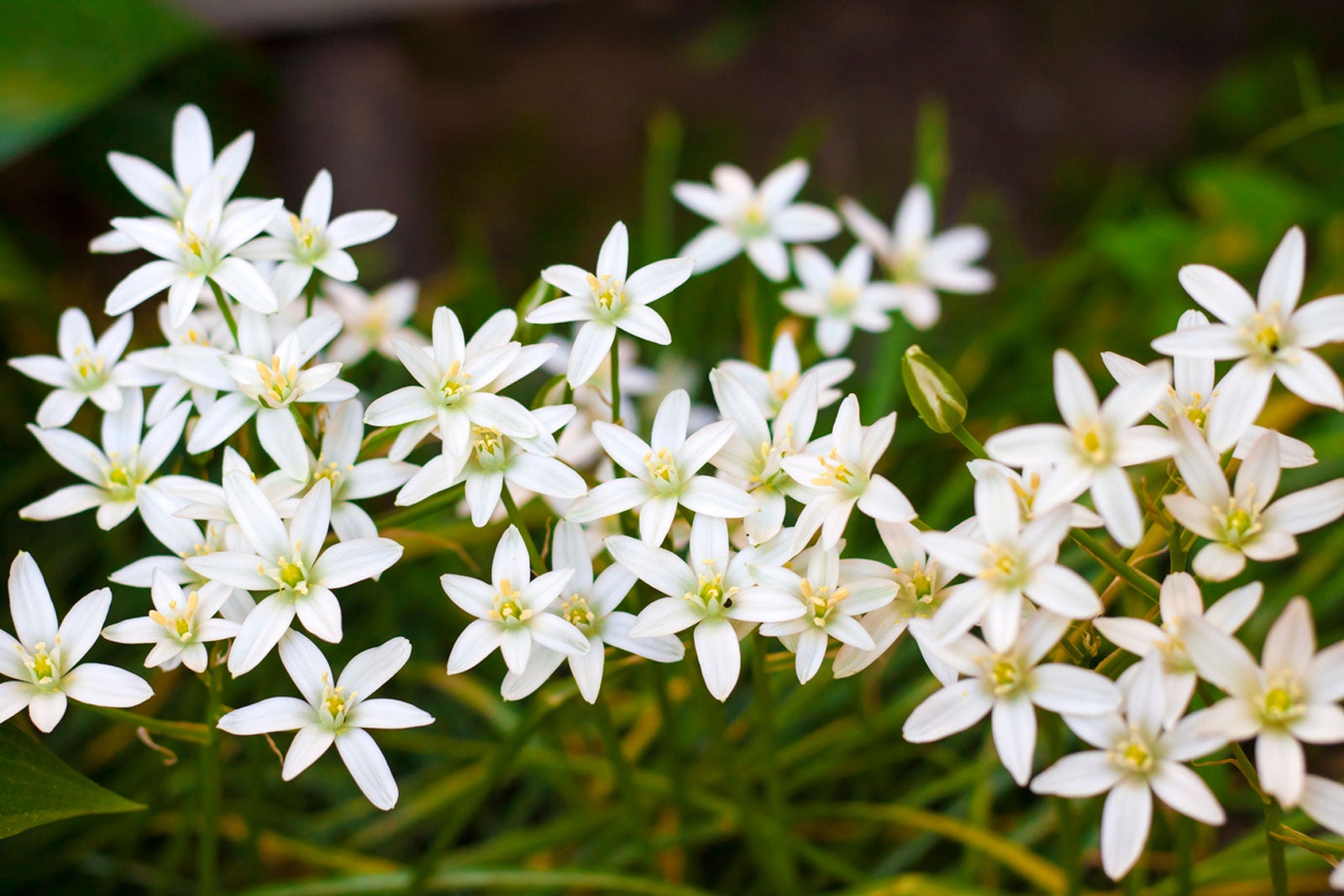Star Of Bethlehem In Grass: How To Manage Star Of Bethlehem Weeds
What one gardener may welcome, another will criticize. Star of Bethlehem plants are a great example. If the plant is rampant in unwanted spaces. you may need to step in.


Defining what is actually a "weed" can be tricky. For one gardener, a wild species is welcome, whereas another gardener will criticize the same plant. In the case of star of Bethlehem (Ornithogalum umbellatum), the plant is an escaped species that has colonized the northern U.S. and Canada.
Weed control for star of Bethlehem is only necessary if the plant is rampant and uncontrolled in unwanted spaces. This is especially true when you find star of Bethlehem in lawns.
About Star of Bethlehem Weeds
While star of Bethlehem produces very pretty flowers, all parts of the plant are poisonous. It is an escaped foreigner and spreads prolifically. This makes control of this flower important, especially in counties where the plant has become a nuisance.
Star of Bethlehem in grass is the most difficult to eradicate. There are, however, some tips on removal that can make weed control for star of Bethlehem easier.
The plant primarily grows from bulbs, which naturalize over time and produce more plants. In just a few years, a couple of plants can take over an area. This is fine if you enjoy the short-lived starry flowers and aren't worried about the plant taking over your garden. However, in most cases, weed control is necessary and desired.
The plant resembles wild allium but without the onion scent when crushed. The leaves are narrow, shiny, grass-like, and have a white midrib.
Bethlehem Flower Control
Numerous experimental trials have been conducted on the use of chemicals on star of Bethlehem. But, in garden beds, digging the plant out and destroying it is practical, provided you can find all the new bulblets.
Sign up for the Gardening Know How newsletter today and receive a free copy of our e-book "How to Grow Delicious Tomatoes".
Manual removal will also result in the need to repeat the process over and over. However, it has been shown to achieve better control than chemical applications. Plus, it does not leave any potentially harmful chemicals in your soil or water table.
Be careful how you dispose of the bulbs. The greens can go in your compost, but do not add the bulbs, as they could sprout. Dry them in the sun and add to your community green recycle or throw them out.

Bonnie Grant is a professional landscaper with a Certification in Urban Gardening. She has been gardening and writing for 15 years. A former professional chef, she has a passion for edible landscaping.